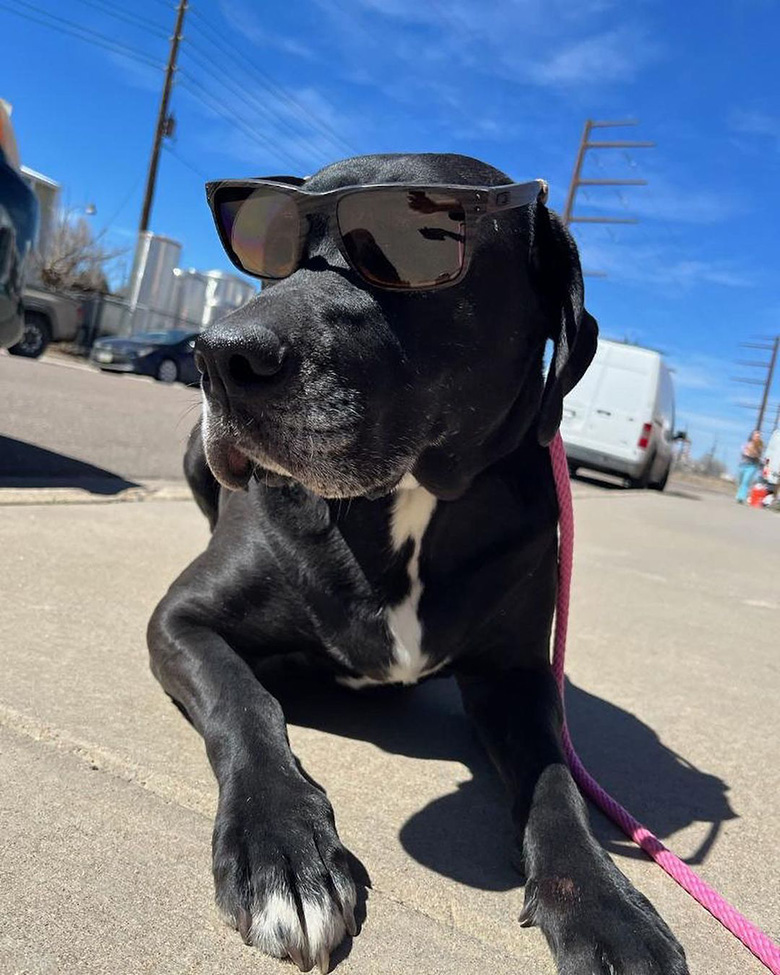Impulse control is an essential aspect of dog training that can lead to better behavior and obedience. One of the most effective ways to teach impulse control is through the heel command, a valuable tool for pet owners to help their furry friends develop good habits.
In this article, we will discuss how to train your dog to have better impulse control using the heel command and how to troubleshoot it for optimal results.
We’ll also share a video example of starting the heel command from a stationary position.
Understanding Impulse Control in Dogs
Before delving into the heel command and its benefits, it’s crucial to understand the concept of impulse control and its importance in dog training. Impulse control refers to a dog’s ability to resist their instincts and make better choices when faced with different stimuli, whether it’s a squirrel, a piece of food, or other dogs. Impulse control training helps dogs learn how to make better choices and avoid reacting impulsively, which can lead to better behavior and obedience.
Introduction to the Heel Command
The heel command is a training technique that teaches your dog to walk beside you without pulling on the leash. By teaching your dog the heel command, you can effectively manage their reactivity and help them develop better impulse control.
Step-by-Step Guide to Training Your Dog to Heel
Before you start training your dog to heel, make sure your dog can take food out of your hand without dropping it or getting easily sidetracked by other distractions in his environment. This is a crucial foundation for successful heel training.
- Hold a handful of kibble in a cupped hand and lure your dog to your left side with the food, rewarding him with one piece at a time.
- Flip your hand and pay your dog on your left side to lure him into position.
- Repeat the lure and pay technique until your dog is reliably following the lure and staying on your left side.
- Fade the lure by holding your hand farther away and rewarding your dog for following you without the lure in front of his face.
- Continue to practice the heel command in different environments until your dog can follow the command anywhere, anytime.
- Remember that heel means to be on your left side no matter what, not just to walk forward. Practice variations of the heel command to reinforce the behavior.
It’s important to note that while these steps provide a simplified method for teaching the heel command, the command itself has a lot of nuances and requires patience and consistency to master. It’s essential to practice regularly and gradually increase the level of difficulty to reinforce good behavior over time. With patience, dedication, and balanced training methods, you’ll see improvements in your dog’s impulse control and behavior with the heel command.
Troubleshooting Common Issues with Heel Command Training
During training, some common issues can arise, such as pulling on the leash, lagging behind, or getting distracted. To overcome these issues, try the following:
- If your dog pulls on the leash, stop walking and wait for them to come back to your side before continuing.
- If your dog lags behind, try to keep them engaged with treats or verbal cues to keep them motivated.
- If your dog gets distracted, redirect their attention back to you with treats or a toy.
Starting the Heel Command from a Stationary Position
In the video, I demonstrate how to start the heel command from a stationary position with my German Shepherd, Ulf. Initially, Ulf shows a lack of impulse control, starting to take off quickly as I say the “heel” command.
As the video progresses, Ulf self-corrects and gets much better throughout the walk. The video may be a bit nitpicky, but it is important that we remain consistent and hold the dogs accountable.
Art of the Dog Comprehensive Obedience Course
If you are in the Denver metro area and are seeking to achieve optimal training results, you can always consider our comprehensive obedience training course. During this 3-week board and train boot camp, we can simply teach your dog more by covering all aspects of obedience training, including impulse control, leash manners, off-leash control, and more, to help your dog become a well-behaved companion.











